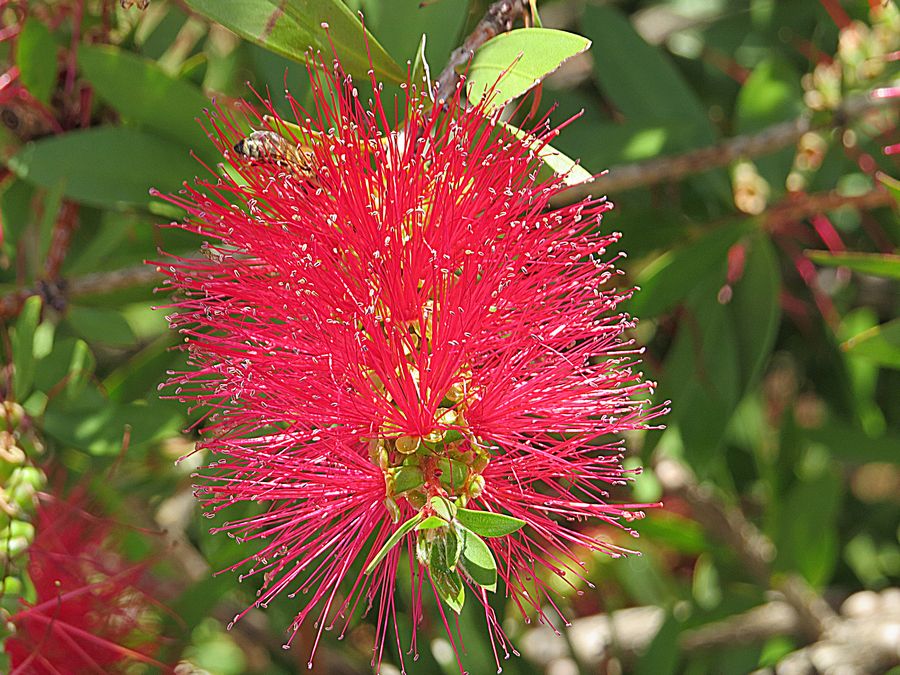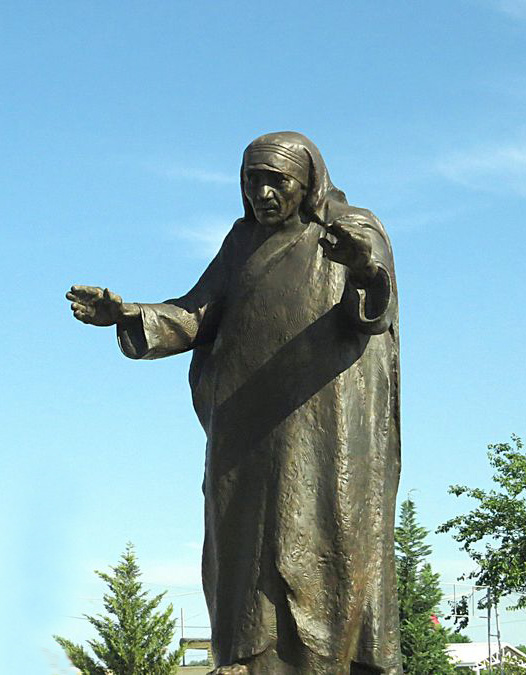Crossroads of the Adriatic Tour
Albania, Croatia, Montenegro, Bosnia and Herzegovina, and Slovenia
May 23 - June 12, 2015
Part One - Albania
Albania is a southeastern European country located on the east coast of the Adriatic Sea, bordered by Montenegro to northwest,
Kosovo to the northeast,
Macedonia to the east, and Greece to the south and southeast. It is a member of the U.N., NATO,
and is a candidate for membership in the EU. The current territory was at different times part of the Roman Empire.
It became independent after the collapse of the Ottoman Empire after the Balkan Wars. Albania declared independence in 1912.
Invaded by Italy in 1939, it was turned into a Nazi German protectorate in 1943. In 1944, a socialist People’s Republic was established
by Enver Hoxha and the Party of Labor, starting its Communist era. In 1991, the Socialist Republic was dissolved and the
Republic of Albania was established. It provides a universal health care system and free primary and secondary education.
According to the 2011 census, 58.79% of Albania adheres to Islam; Christianity is practiced by 17.06% of the population,
and 24.29% of the total population is either not religious or belongs to other religious groups.
The Albanian Orthodox church did notrecognize the census results, saying that 24% of the total population are Albanian Orthodox
Christians
rather than just 6.75%. According to a 2010 survey, religion today plays an important role in the lives of 39%
of Albanians, and it is ranked among the least religious countries.
A 2012 Pew Research Center study found that 65% of Albanian Muslims are non-denominational Muslims.
During rule by the Ottoman Empire,
the majority of Albanians converted to the Muslim affiliation (Sunni or Bektashi).
However, decades of state atheism that ended in 1991 brought a
decline in religious practice in
all traditions.
According to 2007–2008 Gallup polls, 63% of Albanians state that religion does not play an important role
in their life. However, even among those who declared a religion, the majority of the population in Albania has a
more secular interpretation
of religion than would be found in other countries. An August 2012, a Pew Research study found
out that only
15% of the Muslim population, for example, consider religion as a very important factor in their lives,
which was the lowest percentage in the world amongst countries with significant Muslim populations.
Page One - Tirana, Albania

View of Tirana, Albania and Skanderbeg Square from my hotel room.
Tirana is the capital. It was founded in 1614 during the Ottoman
Empire rule. The statue in the square is national hero Skanderbeg, George Kastrioti,
who led the fight against the Ottoman Empire for 25 straight years. The Opera House is
the white building to the left. At the end of the street in the background, you can barely see a whitish building, the
University of Tirana.

Looking to the left from my hotel room where there is a small park.

Clock Tower and Et'Hem Bey Mosque that was completed in 1823
by Et'Hem Bey, great grandson of Soleiman Pasha, a general in the
Ottoman Empire and founder of Tirana. The Clock Tower was completed
in 1822 and was renovated in 2010 using a cultural fund administered by
the U.S. Ambassador to Albania.

A closer view of the mosque and clock tower

Ceiling of Bektashi Mosque in Tirana that we visited on the way to Dajti Mountain


View of Tirana from Mt. Dajti. You can take a cable car up to see this view.

A very wet puppy from recent rain, that was near the cable car station and was eager for us to pet him.

A butterfly and beetle in the grass near the puppy. Since the puppy wanted our attention,
she paid no attention to the butterfly.


Piramida (International Center of Culture). The pyramid was built in 1987
according to the design of Enver Hoxha's daughter and was originally a
museum about her father, the Communist dictator after WWII. US
president George W Bush gave a speech in front of this building in 2007.
The building was the most expensive erected under communism.
Today it's a derelict building halfway occupied by a TV station.
Much of the facade has been stripped or stolen, and the glass is broken
and boarded up. The building has sat untouched for years.

Family photos were being taken in downtown Tirana after a special occasion.

The National Historic Museum of Albania in downtown Tirana.
Our hotel, the Tirana International Hotel, can be seen in the far right of the photo.

I guess if your car is small enough, you can do perpendicular
rather than parallel parking in established parking spots.

The Block area - Among the apartment blocks, you can find some of Tirana's
best cafés, shops, and restaurants. Here is also located the villa of the
former dictator, Enver Hoxha. During communism, the area was reserved
solely for government officials and was not allowed to be entered by the
commoner. It was opened to the public in 1991 and has since become
the number one spot for Tirana's youth.

Statue of Mother Teresa near Mother Teresa Airport in Tirana.
She was born in Albania.

The national flag of Albania
The origin of the Albanian flag, a red field with a Byzantine double-headed eagle, is supposed to go back to the Albanian medieval hero
Skanderbeg
who fought for many years against the Turks in the late 15th century under the double-headed eagle flag.
Link to Page Two - Kruja, Albania
Pat's Home Page